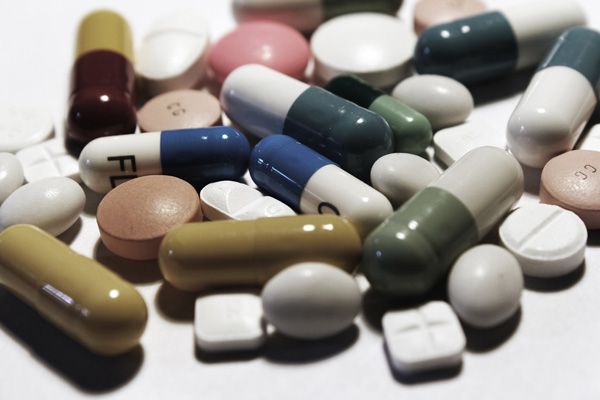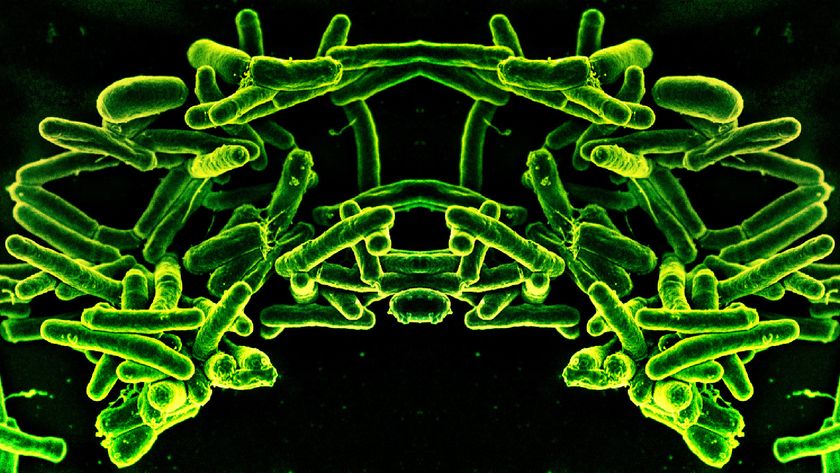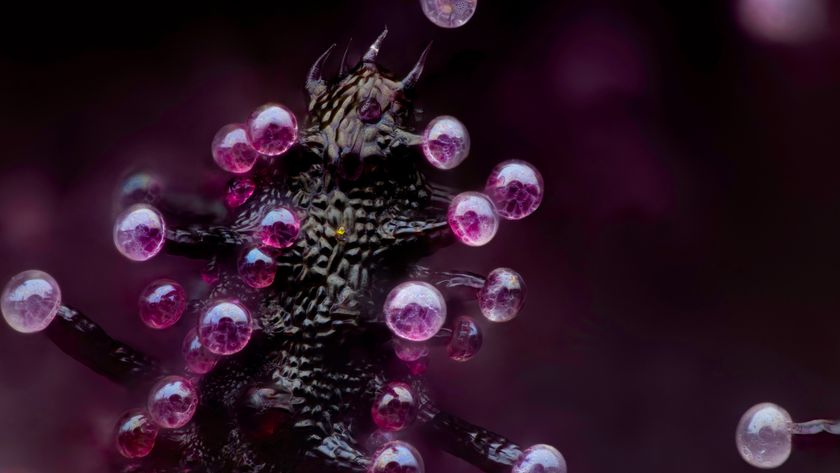Sugar Helps Antibiotics Trick and Kill Deadly Bacteria

A spoonful of sugar not only makes medicine easier to swallow, but it also might increase its potency, according to a new study.
The results show sugar can make certain antibiotics more effective at wiping out bacterial infections. The sugar tricks bacteria that would otherwise play dead into consuming the antibiotic and therefor end up really dead.
Adding sugar to medication may augment treatment for some chronic bacterial infections, including staph and tuberculosis, the researchers say.
So far, studies have only been conducted in animals, and more research is needed to see if the same results hold true in humans. But if they do, it's possible the antibiotics we already have could be improved without needing to make new drugs, which can be expensive. In addition, patients may not need to take multiple doses of antibiotics to combat recurrent infections, which would save on health care costs, said study researcher James Collins, a professor of Biomedical Engineering at Boston University.
The researchers hope the technique "would help to reduce recurrent infections," Collins said.
The results are published in the May 12 issue of the journal Nature.
Persistent bacteria
Sign up for the Live Science daily newsletter now
Get the world’s most fascinating discoveries delivered straight to your inbox.
Some bacterial infections, including staph, strep, tuberculosis, ear infections and urinary tract infections, become chronic and reoccur even when they are treated with antibiotics. This happens because some bacteria, called persisters, are able to survive antibiotic treatment. Infections with bacterial persisters can last months and return even after the patient appears to recover. These infections can also spread to other parts of the body, such as the kidneys.
Bacterial persisters are not the same as antibiotic-resistant bacteria. The latter survive because they have genetic mutations that protect them from antibiotics. Persisters, on the other hand, survive by essentially playing dead. They shut down their normal metabolic functions and lie dormant in the body. And they refuse to gobble up the antibiotics designed to poison them.
The sugar technique used by Collins works by waking the bacteria up and making them eat.
Sugar brings the bacteria back to life and allows them to take up antibiotics, which in turn, kill the bacteria.
Collins and his colleagues tested their technique on mice with urinary tract infections. Treatment with antibiotics plus sugar was able to kill 99.9 percent of the bacteria persisters (in this case, E. coli bacteria). Treatment with the antibiotic alone had no effect.
The technique only works for a class of antibiotics called aminoglycoside, which include gentamicin and kanamycin.
The type of sugar used during treatment can make a difference. For instance, the researchers were only able to kill Staphylococcus aureus, which causes staph infections, by using the sugar fructose in addition to antibiotics.
The researchers are currently investigating whether sugar can be used to improve tuberculosis drugs.
Obstacles
The work is very interesting, said Nathalie Q. Balaban, a researcher at The Hebrew University of Jerusalem in Israel who has studied persistent bacterial infection and was not involved with the new study. "The authors show you can trick bacteria and harness their metabolism to make the antibiotics more potent against the cells that usually evade antibiotics," Balaban said.
The study shows the treatment works on artificial urinary tract infections in mice, but more research is needed to determine if it will work in humans as well, Balaban said. One problem will be getting the sugar compounds to the site of infection, Balaban said. Sugar given to a human will be broken down and will not necessarily travel to the site of infection, she said.
"If you're treating infection anywhere else in the body, getting the sugar there isn't going to be an easy task," Balaban said. In the mice, the sugar and antibiotic were given intravenously. Still, the findings are potentially interesting for the treatment of urinary tract infections in mice, she said.
Collins said creating a treatment for people could be as simple as adding the sugar to the antibiotic. However, getting the sugar in a viable state to the site of infection may be a challenge. They have yet to test their technique on drugs that are given orally. He notes the type of sugar used to treat the mice in the study, mannitol, is not metabolized by the human body and may be easier to transport to the site of infection.
Pass it on: Sugar may make antibiotics more effective at wiping out bacterial infections.
Follow MyHealthNewsDaily staff writer Rachael Rettner on Twitter @RachaelRettner.
This story was provided by MyHealthNewsDaily, a sister site to LiveScience.

Rachael is a Live Science contributor, and was a former channel editor and senior writer for Live Science between 2010 and 2022. She has a master's degree in journalism from New York University's Science, Health and Environmental Reporting Program. She also holds a B.S. in molecular biology and an M.S. in biology from the University of California, San Diego. Her work has appeared in Scienceline, The Washington Post and Scientific American.











